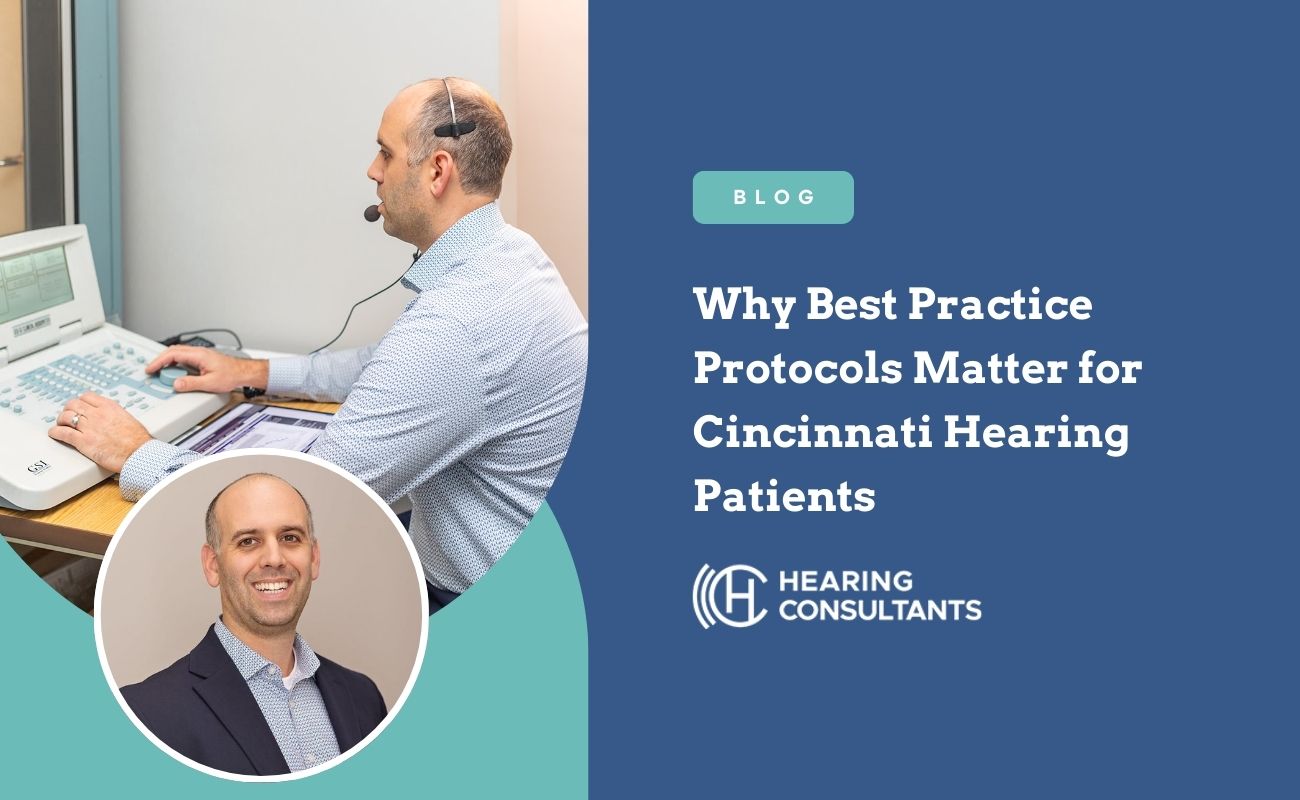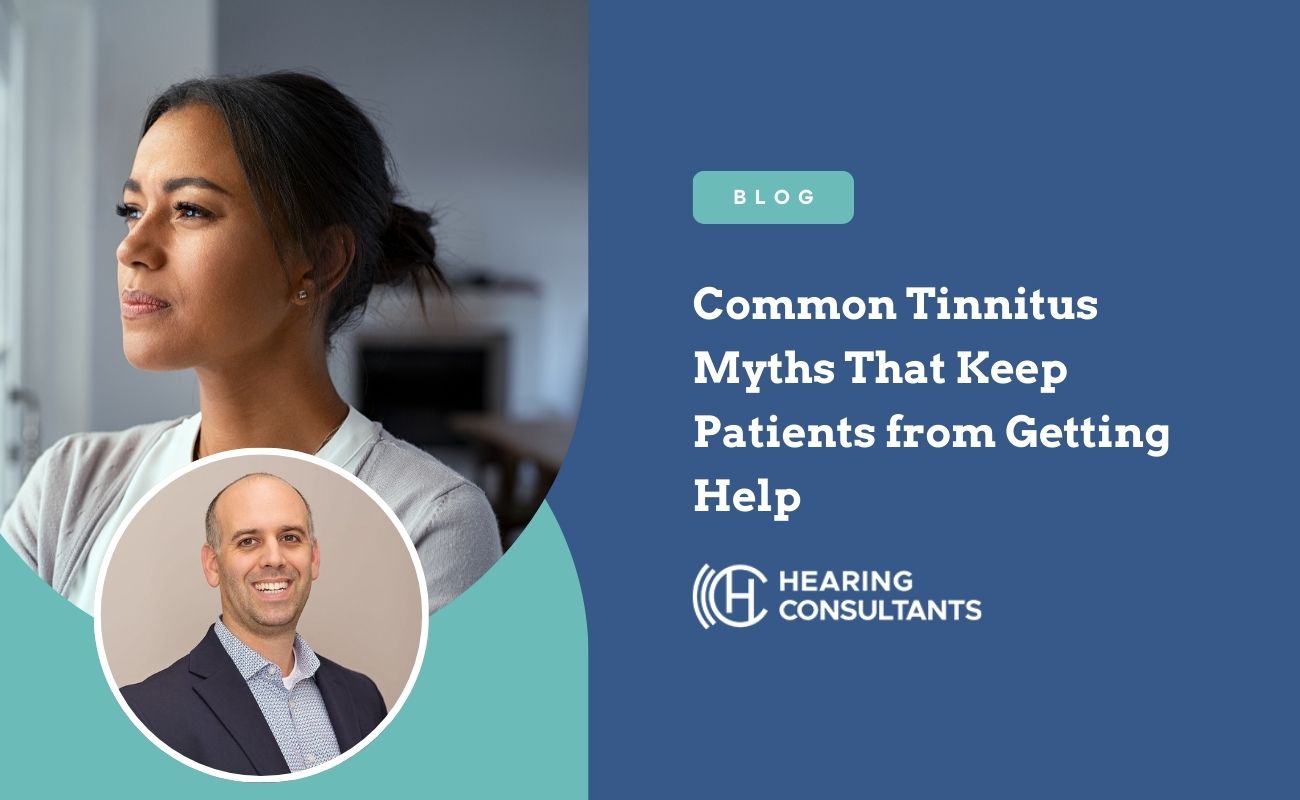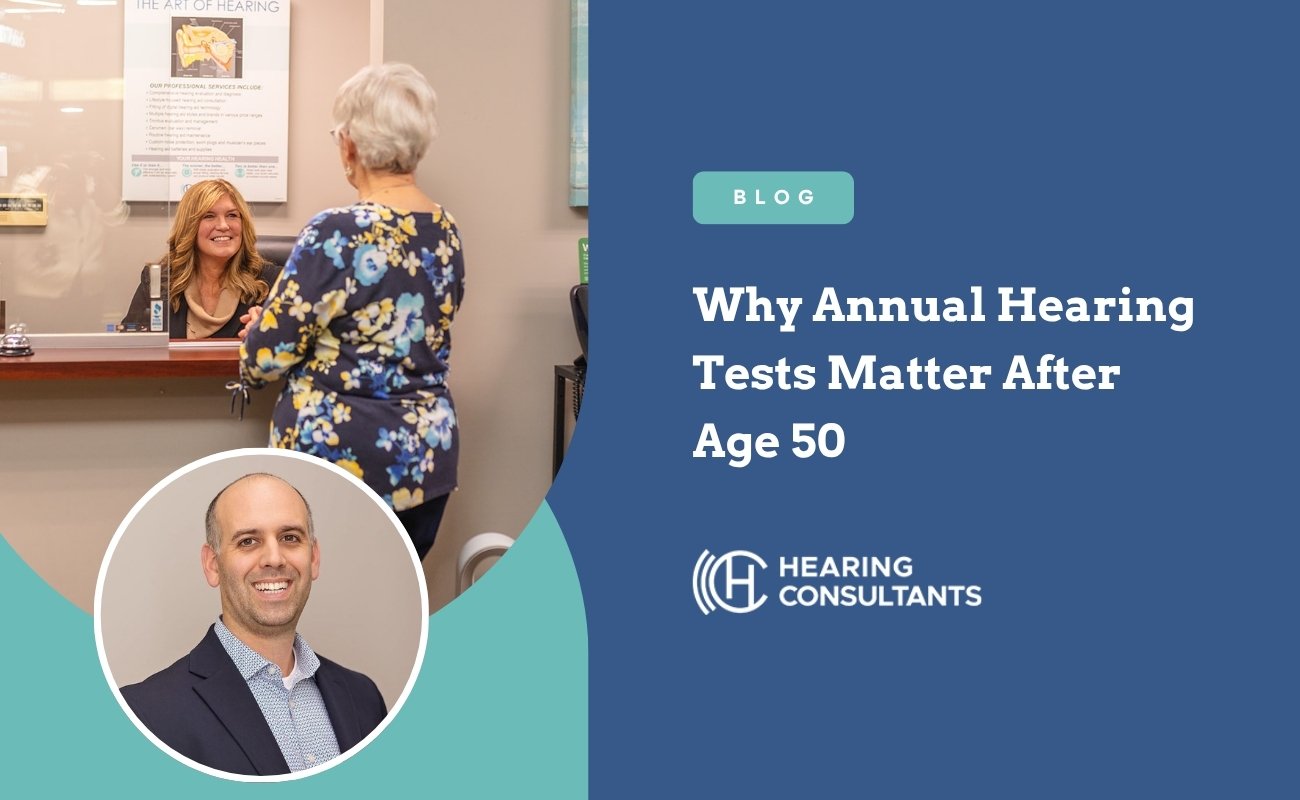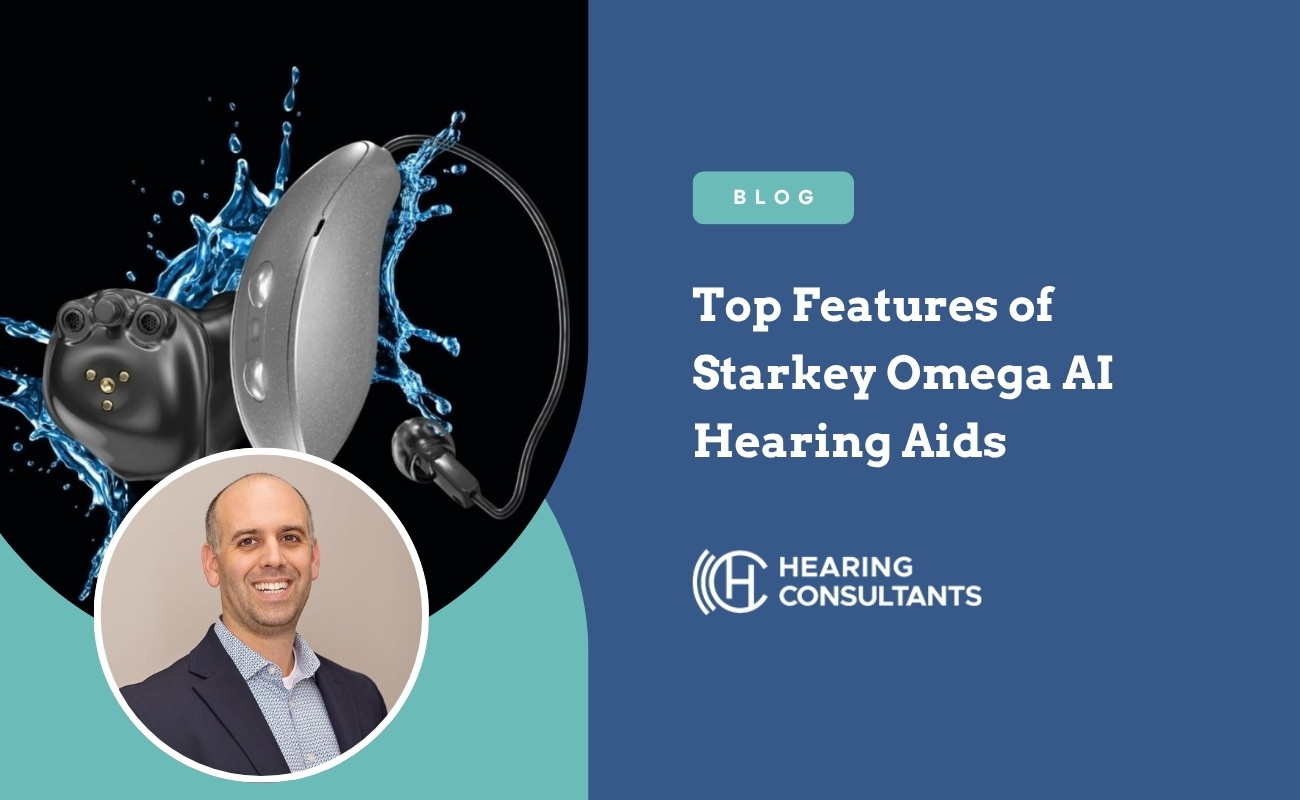How do Hearing Aids Work?
One of the most convenient aspects of living in the modern age is the abundance of technology that makes our lives easier. And for the most part, we can simply plug in and enjoy without knowing precisely how they work. Hearing aids are a perfect example of such a machine. Of course, we can glean the fundamental idea of a hearing aid. Sound from the external world is amplified and delivered directly to the ear. Sounds simple enough, right?
However, there’s so much more happening in today’s powerful and smart devices.
What do hearing aids do?
Hearing aids aid people who have hearing loss, which is a pretty large percentage of the population. One in eight people over the age of 12 has hearing loss in both ears as discovered from standardized testing. Many people choose to intervene in hearing loss that occurs later in life. The natural aging process (age-related hearing loss) and damage over time from excessive noise (noise-induced hearing loss) contribute to the vast majority of hearing loss cases. One-third of people over the age of 65 have age-related or noise-induced hearing loss. This number climbs considerably higher over the decades. Half of the people over the age of 85 have hearing loss.
How do age-related and noise-induced hearing loss happen?
Both the aging process and excessive noise cause hearing loss to happen similarly. We all have sensitive hair cells located in the middle ear that are integral to our sense of hearing. Our outer ear (the shell) gathers noise from the external world and delivers that to these hard-working cells. They receive the noise and turn it into sound information, which is then delivered to the brain via the auditory nerve.
These inner ear cells are non-regenerative, which means that once they are damaged they don’t repair themselves or birth new cells. Instead, the amount of noise we can process declines. Our brains receive less sound information and we experience this as hearing loss.
How hearing aids work to replace sound
In the old days, hearing aids did simply amplify noise from the external world. They were, and continue to be, made up of three important parts: microphone, amplifier, and speaker. The microphone picks up noise, the amplifier increases the volume, and the speaker projects that sound into the ear.
The hearing aid industry was impacted by the computer revolution just as so many other industries were. Now, hearing aids are also equipped with powerful processors and AI (artificial intelligence) that make them smarter than ever before. The ability to turn sound into digital information has revolutionized the hearing aid market. A common complaint about old-fashioned hearing aids was that they amplified everything. These smart processors can now filter out the background noise you don’t want to hear, minimize loud traffic or environmental sounds and turn up the volume on hard to discern sounds like voices and speech. Instead of sending the sound the microphone picks up straight to be amplified, that sound is turned into digital information or a numerically coded signal. The sound is often processed and refined (tuning into the noise you do want and toning down what you don’t want).
Why yelling and plain old amplification doesn’t work
Hearing aids today work better than yesterday’s for the same reason that yelling your words at a person with hearing loss is ineffective: we don’t lose our hearing in a blanket manner. The volume of the world doesn’t suddenly lower, instead, we lose frequencies of sound. This is why it’s so difficult to self-diagnose hearing loss, which is usually first observed as trouble with speech clarity. Oftentimes, it’s our friends and family who notice changes in our behavior first, like withdrawing from socialization or us asking them to repeat themselves over and over again. As today’s hearing aids can be programmed to suit particular patterns of hearing loss, you might find that your hearing aids focus solely on replacing those frequencies you’ve lost. While hearing aids cannot completely restore hearing to previous levels, they can come pretty close.
Schedule a hearing consultation today
If you are having trouble with speech clarity or believe you might have undiagnosed hearing loss, schedule a hearing consultation today. Our team of hearing health professionals are ready to help you through the easy process of a hearing exam. From there, we’ll explain your diagnosis and lead you toward the next steps on your path to healthier hearing.
Get in touch with
Hearing Consultants
Contact our clinic to schedule an appointment today!







